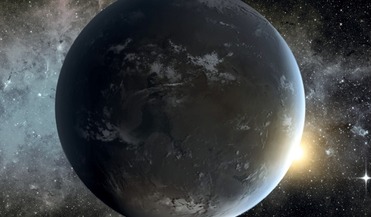 October 2019
Are we prepared for SETI discovery?
October 2019
Are we prepared for SETI discovery?
... as astrobiology, has developed recently into an important international and interdisciplinary research programme based on astronomy, space sciences, and biology in particular. One can find it on the curricula of universities, in the work of large...
 August 2017
Big science from small spacecraft
August 2017
Big science from small spacecraft
... developed the MarCO (Mars Cube One) spacecraft as the first interplanetary cubesats, intended as pathfinders for the space science community. Two MarCO spacecraft are scheduled to launch on the same rocket as InSight in May 2018, but will...
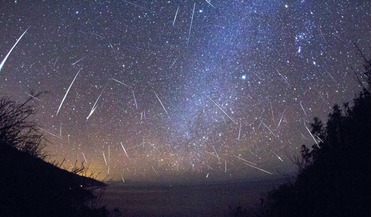 November 2019
UAE meteor and debris monitoring network
November 2019
UAE meteor and debris monitoring network
... decades more advanced monitoring systems have been implemented and utilised. At the Sharjah Academy for Astronomy, Space Science and Technology, the UAE Meteor Monitoring network (UAEMMN) began operations in September 2018 with two observation...
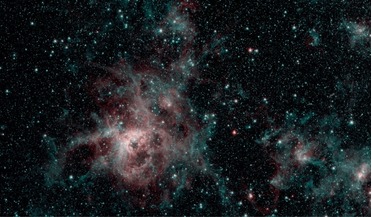 May 2020
Space astronomy at the limits of technology
May 2020
Space astronomy at the limits of technology
... four of NASA’s Great Observatories - Hubble, Compton, Chandra and Spitzer – which gives him a fairly unique perspective on space science. ROOM’s US editor, Amanda Miller, delves into his engineering background and the key technologies of the Spitzer...
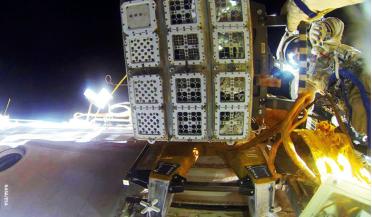 September 2023
How microorganisms survive space travel
September 2023
How microorganisms survive space travel
..., is one of the most important studies in space science, as it impacts not only crew survival on long-term space missions, but also the implications of contamination – from space to Earth or from Earth to space. Here, the authors describe a number...
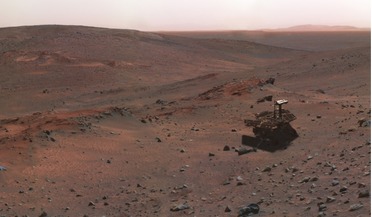 November 2017
Roving the red planet
November 2017
Roving the red planet
... case for a period of life thriving on Mars. About the author Bill Farrand is a senior research scientist at the Space Science Institute in Boulder, Colorado. He has a BA in Geology from Franklin & Marshall College and a MS and PhD in the Geosciences...